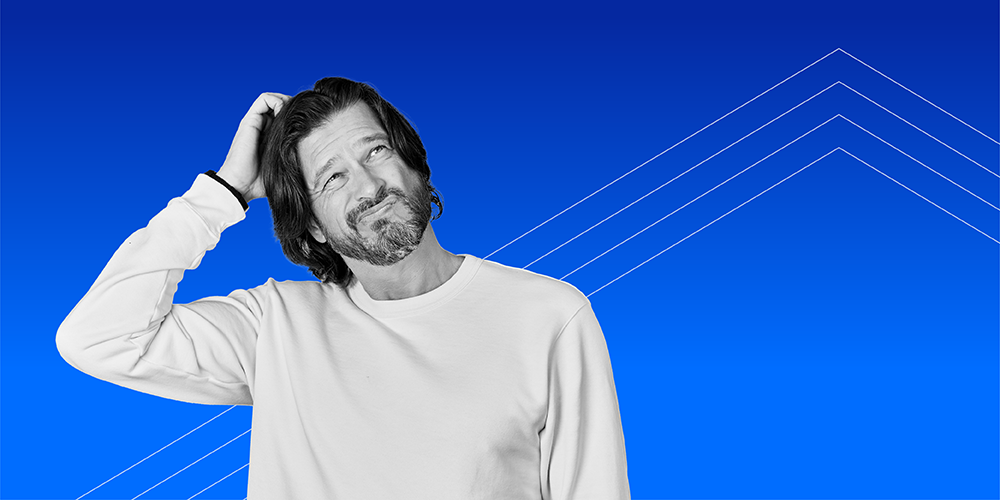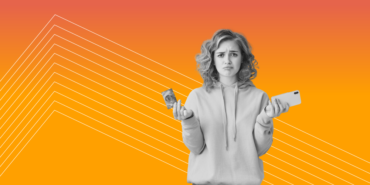Revolving Debt vs. Non-Revolving Debt: Which is Better?

When looking into your credit options, you'll find two main types of products — revolving and non-revolving. How are they different and which is better? Both can be helpful in different situations, but only if you know how to use them wisely. Here's what you need to know about revolving debt vs. non-revolving debt.
Learn How To Repay Debt
With Zogo, financial education is informative and rewarding. Start your journey to financial mastery today and see where Zogo can take you!
Discover strategies for paying off your debt.
What is revolving debt?
Revolving debt is an outstanding balance you accrue as the result of using a revolving credit product. Revolving credit products are those that enable you to borrow money, pay it back, and then reborrow. For example, a credit card and a line of credit are both revolving credit products. So if you have a credit card with a $1,000 credit line and you spend $500, you would have $500 in revolving debt. However, if you pay off the balance you will have $1,000 available again.
What is revolving debt on a credit report? If you see revolving debt on your credit report, it means you have an open revolving credit account with an outstanding balance.
Costs
With revolving debt, you pay interest on the amount you borrow, not the entire credit line. You are typically not required to pay back the full outstanding balance until the revolving credit line is closed by the lender. Credit cards may never close during your lifetime, while credit lines often close after a draw period of 10 years. Once closed, the full amount may become due in a balloon payment or it may be split up over time in a term loan. Beyond interest charges, many revolving debt products also come with fees.
Pros and cons of revolving debt
Pros
- Repeatedly use credit line: You can use the credit line again and again on an as-needed basis.
- Pay interest on credit used: You only pay interest on amounts you borrow.
- Can help your credit score: Credit bureaus like to see revolving credit accounts with low credit utilization on your credit report.
Cons
- Higher-interest rates: Lines of credit often have variable interest rates higher than non-revolving credit products. The charges can add up if you carry balances over long periods.
- Fees: You may also have to pay fees on the credit line.
Best for: Revolving debt can help you build your credit and is a good way to finance expenses over a short period.
What is non-revolving debt?
Unlike revolving debt, you can't pay off a non-revolving debt to regain your credit line. Once it's paid off, the account closes. For example, installment loans, like mortgages, car loans, and personal loans enable you to take on non-revolving debt. With personal loans, you receive a lump sum upfront which is repaid through predetermined monthly payments over a set term.
Costs
Most installment loans come with both fees and interest. You'll typically be charged an annual percentage rate (APR) which is used to calculate how much interest you pay each year of your loan's term. Additionally, loans may come with origination fees and/or closing costs.
Pros and cons of non-revolving debt
Pros
- Lower interest rates: Installment loans often have fixed interest rates that are lower than the variable rates of revolving credit products.
- Large loan amounts: Loans can be very large, enabling you to make big purchases.
- Predictable payments: Your payments are often fixed so you know what to expect.
- Affordable payments: Installment loans often have long repayment periods that make repayments affordable.
Cons
- Fees may be expensive: Some installment loans come with expensive closing costs and/or origination fees.
- Loan amount is fixed: The loan amount is not flexible. If you borrow too much or too little, you are stuck with it for the term of the loan.
Best for: Non-revolving debt can help you build credit and is good for bigger purchases that will take longer to pay back.
Is revolving or non-revolving debt better?
Revolving and non-revolving debt can be useful in different situations. Revolving debt is best when you're not sure how much money you'll need or when you'll need it in phases. Non-revolving debt is great for larger one-off purchases like a home or car. Further, it's better for your credit score if you have both. According to Experian, your credit mix accounts for 10% of your FICO credit score. To score well in that section, you need a mix of both revolving and non-revolving debt. So if, for example, you only have three credit cards open, getting a personal loan would add a non-revolving credit account to your report which could improve your credit mix.
How to use both debt types to your advantage
While both types of debt can help you, they can also hurt you. It's important that you manage your debt responsibly so it works in your favor. The most important step is to make all of your payments on time, whether they are minimum revolving debt payments or monthly installment payments on a non-revolving loan. Your payment history accounts for 35% of your credit score, making it the most heavily weighted factor.
Next, it's best to keep your credit utilization as low as possible and no higher than 30%. Credit utilization refers to the amount of credit you've used compared to the total amount available on your revolving credit line. The lower your amount of revolving debt, the better your credit scores will be. Excessive revolving debt utilization, like maxed out credit cards, will cause your scores to drop. So when you use your cards, try to pay them off before your card issuers report to the credit bureaus for the month.
The bottom line
While credit can enable you to afford things today that you would otherwise have to wait for, debt can be a slippery slope. It's best to stick to your budget, live within your means, and use credit as a tool to support a healthy financial future. By building your credit with both revolving and non-revolving debt, your borrowing power will grow, opening doors for you in the years to come.
Please note the below article contains links to external sites outside of OppU and Opportunity Financial, LLC. These sources, while vetted, are not affiliated with OppU. If you click on any of the links you will be sent to an external site with different terms and conditions that may differ from OppU’s policies. We recommend you do your own research before engaging in any products or services listed below. OppU is not a subject matter expert, nor does it assume responsibility if you decide to engage with any of these products or services.




